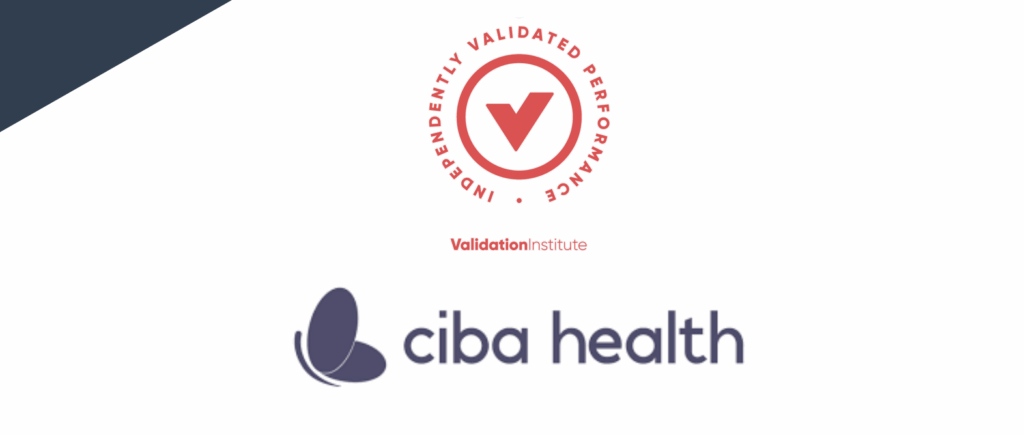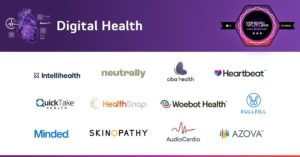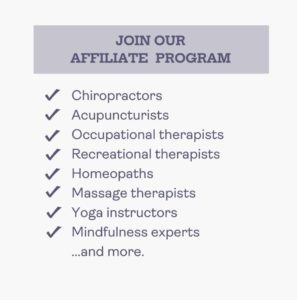Ciba Health Newsroom
Stay updated with the latest breakthroughs and trends in healthcare.

CIBA HEALTH AUTHENTICATED BY THE VALIDATION INSTITUTE FOR CLINICAL AND FINANCIAL OUTCOMES
Recent

Revolutionary Approach to Healthcare: The Case of Reversing Obesity and Related Chronic Diseases
The US healthcare system spends almost $173 billion annually on obesity-related costs, making it a priority issue for the healthcare sector. Over the past few years, the healthcare sector has been heavily focused on creating and promoting drugs for diabetes and weight loss. Despite the massive amount of capital invested in these drugs, healthcare expenses […]

We are proud to announce that Sharon A. Williams has joined the Ciba Health team as a Strategic Adviser.

LG NOVA Selects Companies, Entrepreneurs for Second Annual Mission for the Future Program
Of 2,170 submissions, including 752 in digital health, Ciba Health is among the top 20 that have been officially selected for LG NOVA’s second annual Mission for the Future ’22 Global Search for innovative concepts and transformative solutions for people and the planet. The Mission for the Future Global Search is a program hosted by […]

The CDC recognizes and approves Ciba Health’s diabetes prevention program to be used in the National Diabetes Prevention Program (DPP)
NEW YORK, September 20, 2022 – Ciba Health, best known for its innovative Prediabetes/Diabetes Reversal Programs, has been recognized and approved by the Centers for Disease Control and Prevention (CDC) as part of the National Diabetes Prevention Program (DPP) – the federally backed effort to prevent diabetes in Americans). According to CDC estimates, 1 in […]

Forbes Official Member
Ciba Health’s CEO, Dr. Innocent Clement, has accepted Forbes Business Council’s invitation to become an official member!

Ciba Health’s Affiliate Program is up and running!
Ciba Health’s Affiliate Program is up and running! We are so excited to partner with healthcare professionals and bring chronic disease reversal solutions to more and more people.